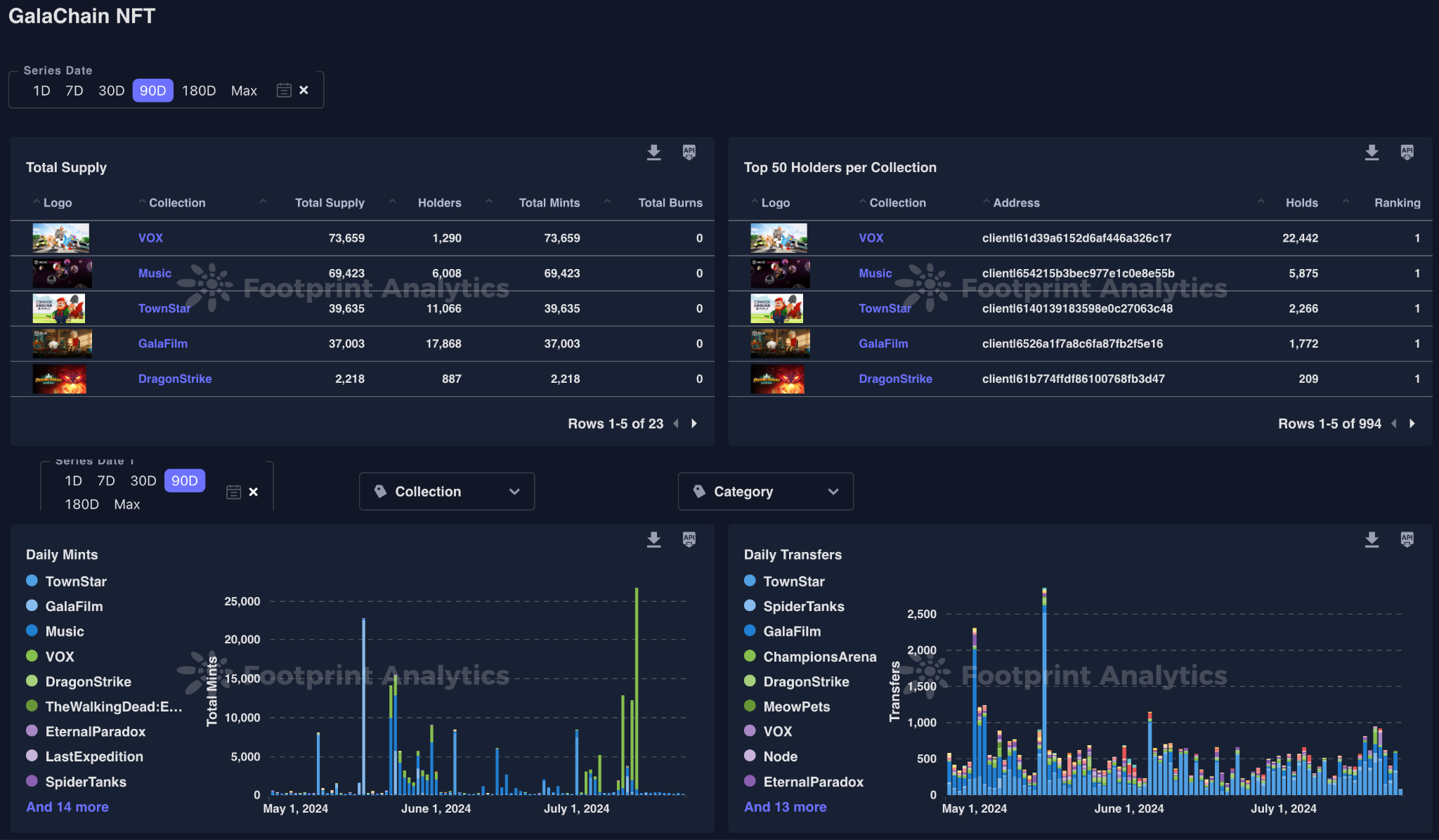一、绪论
在网站管理中,经常需要进行页面升级或维护,而为了不影响用户体验,我们可以设置一个访问页面,在页面升级期间,用户访问网站时会直接跳转到该页面。本文将介绍如何设置访问页面进行升级,以确保用户的顺畅访问和良好体验。

二、NGINX配置
首先,创建一个包含维护信息的 HTML 文件,比如 maintenance.html
<!-- maintenance.html -->
<!DOCTYPE html>
<html>
<head>
<title>维护通知</title>
</head>
<body>
<h1>系统维护中</h1>
<p>系统正在维护,敬请期待。</p>
</body>
</html>接下来,配置 NGINX 使得所有请求都重定向到这个维护页面
# /etc/nginx/nginx.conf 或相应的 NGINX 配置文件
server {
listen 80;
server_name yourdomain.com;
location / {
# 重定向所有请求到维护页面
return 503;
rewrite ^(.*)$ /maintenance.html break;
}
location = /maintenance.html {
# 维护页面的位置
root /path/to/your/html/files;
internal;
}
}
# /etc/nginx/nginx.conf 或相应的 NGINX 配置文件
server {
listen 80;
server_name yourdomain.com;
location / {
# 重定向所有请求到维护页面
return 503;
rewrite ^(.*)$ /maintenance.html break;
}
location = /maintenance.html {
# 维护页面的位置
root /path/to/your/html/files;
internal;
}
}三、nginx的其他配置
nginx.conf
#user nobody;
worker_processes 1;
#error_log logs/error.log;
#error_log logs/error.log notice;
#error_log logs/error.log info;
#pid logs/nginx.pid;
events {
worker_connections 1024;
}
http {
include mime.types;
default_type application/octet-stream;
#log_format main '$remote_addr - $remote_user [$time_local] "$request" '
# '$status $body_bytes_sent "$http_referer" '
# '"$http_user_agent" "$http_x_forwarded_for"';
#access_log logs/access.log main;
sendfile on;
#tcp_nopush on;
#keepalive_timeout 0;
keepalive_timeout 65;
#gzip on;
server {
listen 80;
server_name localhost;
#charset koi8-r;
#access_log logs/host.access.log main;
location / {
# root html;
#index index.html index.htm;x
proxy_pass http://127.0.0.1:9090; #代理地址
proxy_set_header Host $host;
proxy_set_header X-real-ip $remote_addr;
proxy_set_header X-Forwarded-For $proxy_add_x_forwarded_for;
}
#error_page 404 /404.html;
# redirect server error pages to the static page /50x.html
#
error_page 500 502 503 504 /50x.html;
location = /50x.html {
root html;
}
# proxy the PHP scripts to Apache listening on 127.0.0.1:80
#
#location ~ \.php$ {
# proxy_pass http://127.0.0.1;
#}
# pass the PHP scripts to FastCGI server listening on 127.0.0.1:9000
#
#location ~ \.php$ {
# root html;
# fastcgi_pass 127.0.0.1:9000;
# fastcgi_index index.php;
# fastcgi_param SCRIPT_FILENAME /scripts$fastcgi_script_name;
# include fastcgi_params;
#}
# deny access to .htaccess files, if Apache's document root
# concurs with nginx's one
#
#location ~ /\.ht {
# deny all;
#}
}
# another virtual host using mix of IP-, name-, and port-based configuration
#
#server {
# listen 8000;
# listen somename:8080;
# server_name somename alias another.alias;
# location / {
# root html;
# index index.html index.htm;
# }
#}
# HTTPS server配置
server {
listen 443 ssl;
server_name localhost;
ssl on; #开启SSL
client_max_body_size 0; #设置 不限制 文件上传大小,默认为1M
charset utf-8;
ssl_certificate /usr/local/ca/local.crt; #证书绝对路径
ssl_certificate_key /usr/local/ca/local.key; #密钥绝对路径
ssl_session_cache shared:SSL:10m; #设置会话缓存大小
ssl_session_timeout 10m; # 连接超时时间
# ssl_ciphers HIGH:!aNULL:!MD5; #支持的算法,默认为OpenSSL的全部算法
ssl_prefer_server_ciphers on; #优先使用服务端的SSL密钥证书,默认为off
location / {
proxy_pass http://127.0.0.1:8080;
proxy_set_header Host $host;
proxy_set_header X-real-ip $remote_addr;
proxy_set_header X-Forwarded-For $proxy_add_x_forwarded_for;
}
}
}限制IP的频繁访问
http {
limit_req_zone $binary_remote_addr zone=mylimit:10m rate=20r/s;//同一个IP每秒20次请求
}
http
{
limit_req_zone $binary_remote_addr zone=mylimit:10m rate=20r/s;//同一个IP每秒20次请求
}配置只能通过域名访问
server {
listen 80 default_server; server_name _; # _ 表示无效域名 location / {
return 403;
}
}
server {
listen 80 default_server;
server_name _; # _ 表示无效域名
location / {
return 403;
}
}


















